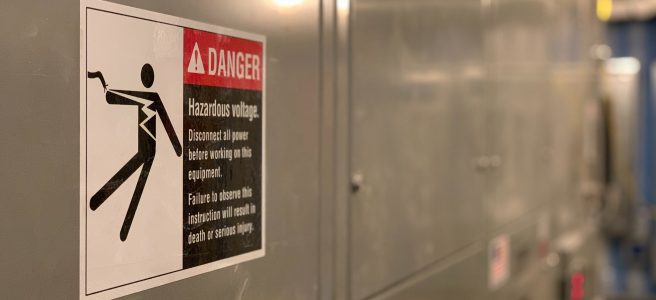Shower wall panels make a big difference in a bathroom and how comfortable you are when showering.
If you’ve wanted to renovate your bathroom or switch up your old shower wall panels to a new one, you can choose a design, style, and different wall panel from the latest selection in the market.
Shower wall panels are among the easiest bathroom fixtures to install because they can be trimmed to fit even the most uneven walls. Because they can be placed directly over your existing tiles or wall coverings, they are straightforward to install and cause considerably less stress than other wall covering options. This makes them a popular choice.
3 Choices for Shower Wall Panels
Choose shower wall panels that fit your budget, style, and lifestyle among the many wall panels. There are three basic choices available for shower wall panels, and while it is possible to locate additional alternatives, the choices discussed in this article are your best bets.
PVC
This kind of shower wall is the least expensive alternative, so if you’re looking for a way to cut costs, this would be the most essential choice for you. This is because it is one of the synthetic plastics that are most readily available and can be easily moulded into a wide variety of forms. This is why it is used so frequently.
These shower barriers are the lightest of the three primary varieties because they use a vertical cuboid shape rather than a solid core.
The fact that they are available at a lower price does not indicate that they are of worse quality, and their dependability is comparable to that of similarly priced alternatives. They also have various possible applications, some of which can be found in households and others in commercial settings.
Acrylic
Acrylic shower wall panels typically have a thickness of about 5 millimetres, making them the thinnest shower wall panels available on the market. However, due to the dense structure of the panels and the fact that the core is solid, you will find that they are far heavier than the PVC panels that are now available on the market.
Moreover, acrylic is available in a wide variety of vivid colours, and it can even have a semi-transparent appearance. This provides you with additional alternatives when it comes to the design of your bathroom. They are equally as sanitary and long-lasting as the PVC versions, but because of their heavier weight and more expensive material, buying and shipping them may be more expensive.
Laminated
If you were seeking laminated versions, you could get them by searching for “MDF shower wall panels.” These walls are the thickest and strongest that are available, and because of this, they are the best option for remodelling a bathroom in many different ways.
On the other hand, this typically results in a heftier price tag when the customer gets to the register. Because its core is built with high-pressure laminated backing on both sides, this type of wall is exceptionally effective at preventing water infiltration. It’s an adaptable wall panel for the shower that allows you to create your unique look. You can access a comprehensive range of design options, such as a marble look and personalised pictures that you supply directly to the manufacturer. It’s














